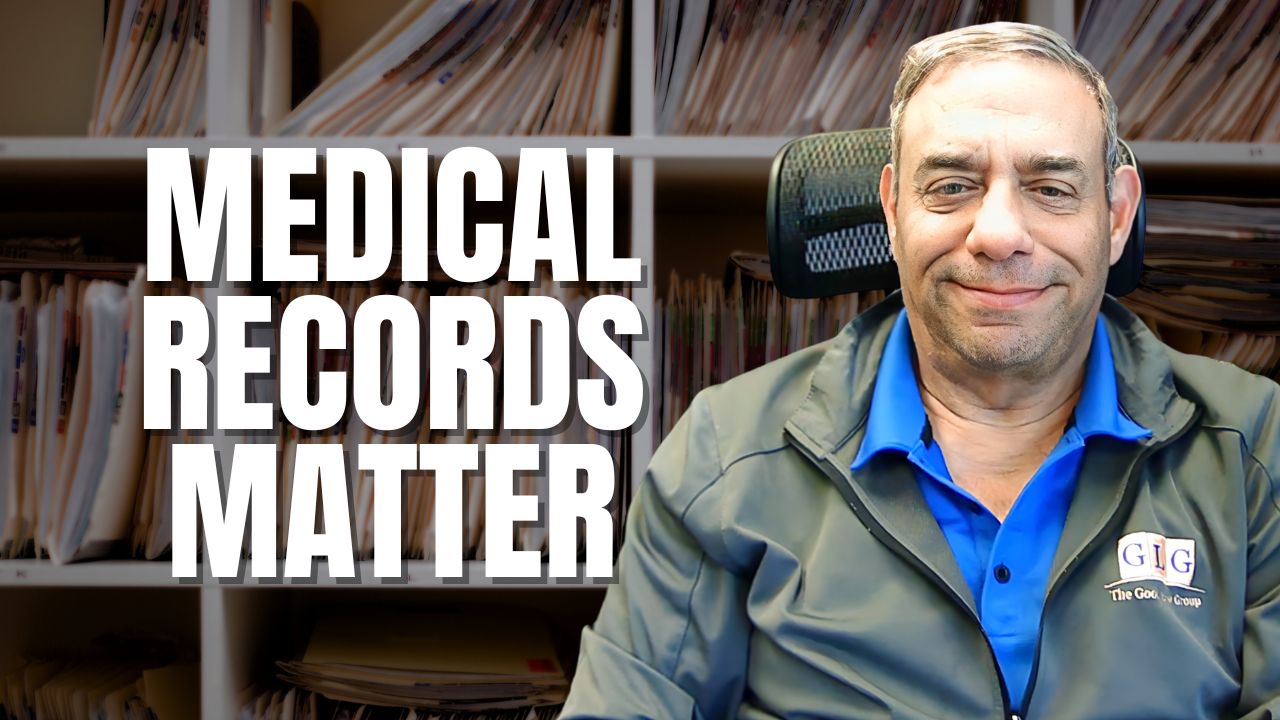Applying for social security disability (SSD) benefits is almost always a waiting game. It takes the Social Security Administration (SSA) Disability Determination Services on average three to six months to approve or deny an application for disability benefits. In November 2021, the average wait time was 5 ½ months.
From there, the waiting gets even longer. Most SSD applications are denied at the initial application stage and again at reconsideration, which is the first phase of the appeals process. For those who request an administrative hearing, the average wait time between the date the appeal is filed and their eventual hearing date is 11.8 months.
In the Chicago region that wait is even longer – 14.5 months – giving it the dubious distinction of being the most backlogged region. The upside of requesting an administrative hearing is that administrative law judges (ALJs) approve 44% of administrative appeals. The downside, of course, is that the longer it takes for your application to be approved, the longer you go without much needed benefits.
Unfortunately, SSA statistics show that the disability backlog has increased over the past two years. At the end of Fiscal Year 2021 (July 1, 2020 – June 30, 2021), 740,000 SSD applications were still awaiting a decision, a 25% increase over FY 2019. The SSA also reported that 350,137 SSD cases were awaiting an administrative hearing.
What’s the reason for the backlog, and is there anything applicants can do to decrease their wait times and get their SSD claim approved sooner?
What’s causing the delay in approving applications for SSD benefits?
The biggest reason for the most recent disability backlog is COVID. Because disability determination services, which reviews initial SSD benefits applications, serve vulnerable populations (i.e., the elderly and disabled), the agency switched to working remotely. However, not all DDS employees had the capacity to telework. This led to reduced staffing at DDS offices, which in turn meant fewer employees available to review and process applications. As a result, the SSA had 160,000 more SSD claims pending at the end of FY 2020 than it did the previous year. At the end of FY 2021, the SSA had 739,745 SSD applications awaiting initial review.
The switch to telework also meant that administrative law judges were scheduling fewer hearings during COVID, extending the average wait times for administrative appeals as well.
But COVID isn’t the only reason for the disability backlog. Although the number of SSD benefits applications filed each year has decreased over the past decade, it is still large; in 2021, for example, more than 1.8 million SSD benefits applications were filed. Administrative law judges are expected to issue 500-700 decisions per year – that’s more than one per day – on top of their other workload, which includes holding hearings. And in recent years the size of applicant case files, which include medical records and work history information, have increased fivefold. This means it is disability review officers and ALJs even longer to properly evaluate applications.
Why is the disability backlog a problem?
The longer it takes for the SSA to approve an SSD benefits application, the longer the applicant goes without needed income. SSD benefits are only available to individuals who, because of a disability or medical condition, are unable to work for 12 months or more. This means that in most cases, the individual isn’t working while they wait for the application to be processed. Every month they go without SSD benefits is another month they lack the means to support themselves and their family. That means limited or no ability to pay rent or mortgage, buy food, pay utilities, or meet other financial commitments.
What can I do to speed up the claim process?
Though not a guaranteed solution, there are steps SSD applicants can take that may potentially help them avoid the disability backlog and decrease the time it takes for the SSA to approve their application. The most important is to hire an experienced SSD attorney or disability advocate. Research shows that individuals who hire a disability representative to help them apply for benefits have their claims processed three times faster than those who go it alone.
Why? A disability attorney understands the SSA claims process and the laws surrounding disability benefits. They know what information is most likely to lead to a favorable decision, as well as the best way to present it. If you are forced to file an administrative appeal, the SSD attorney can hold mock hearings so you can practice describing your disability and its impact on your ability to work. They can also advice you on what not to say so that you don’t inadvertently hurt your case.
Representation by a disability attorney is free. They only get paid if you receive benefits, and the SSA puts a cap on the amount they can be paid. Some disability attorneys charge the client costs, which are out-of-pocket expenses they incur during representation; these may include things like photocopies of medical records or doctor’s reports. The Good Law Group only charges for costs if you are awarded benefits.
Looking for an attorney to help you apply for disability benefits? Contact The Good Law Group and receive the representation you deserve.









